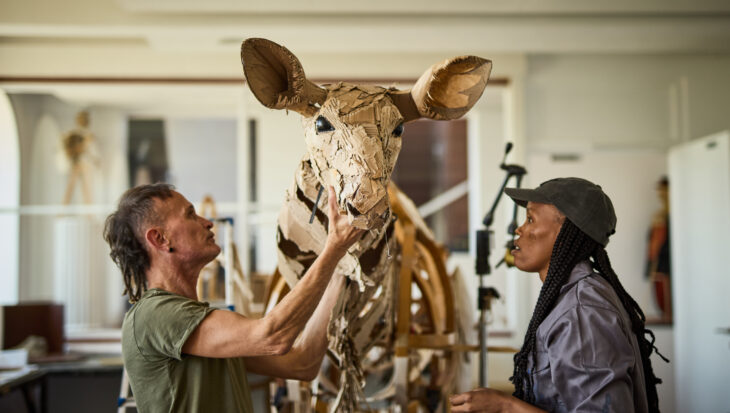‘The Herds’ will be arriving in London this Friday!
Have you heard? A breathtaking arts initiative, ‘The Herds’ will be arriving in London this Friday.
Posted 27 Jun 2025

Posted on the 11th November 2011
Thirty-one days into the new whip rules being implemented, the British Horseracing Authority (BHA) has for a second time succumbed to pressure from whip-happy and abusive jockeys.
Far from pushing towards a complete ban on the use of the whip in racing, its welfare regulator has yet again diluted whip offence penalties. With threats of strikes and minor meeting boycotts by leading jockeys, the BHA has reneged on its welfare duties and given a green light for jockeys to continue hitting and abusing race horses.
On 10 October, the new rules gave jockeys a minimum five-day riding ban for an initial transgression, but within days this was watered down to three days and is now lowered to just two days. Even these are deferred if jockeys are to ride in big prize-money races.
Whilst the BHA has not changed the number of times a horse can be hit with the whip (seven for flat racing horses and eight for jumpers), its weakening of the penalty structure leaves an open door to potential persistent abuse. Under the 2010 regulations, nearly 900 breaches took place, according to the BHA’s own statistics. Sixty horses were whipped excessively on more than one occasion, seventeen of whom were wealed. More than a hundred jockeys were repeat offenders and fifteen jockeys flouted the rules ten times or more because of the lack of any real deterrent. The BHA’s second regressive step means that it has failed to secure meaningful restraining measures. Race horses will continue to be beaten and abused.
Says Animal Aid’s Horse Racing Consultant, Dene Stansall:
‘For ten years, Animal Aid has campaigned for a ban on the use of the whip in racing. A poll commissioned by the BHA in 2011 saw a majority support our views with 57 per cent of those questioned wanting to see an outright ban. The BHA is ignoring public opinion at their peril. It is time for racing’s self-appointed regulator to be replaced in its welfare duties by a body that will put the welfare of race horses before the greed of jockeys.’
Contact Andrew Tyler or Dene Stansall on 01732 364546
Have you heard? A breathtaking arts initiative, ‘The Herds’ will be arriving in London this Friday.
Posted 27 Jun 2025

As the greyhound racing industry releases its annual data on the number of dogs’ deaths, a raft of well-known names - alongside their canine friends - has called upon the Government to end greyhound racing....
Posted 26 Jun 2025
